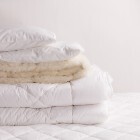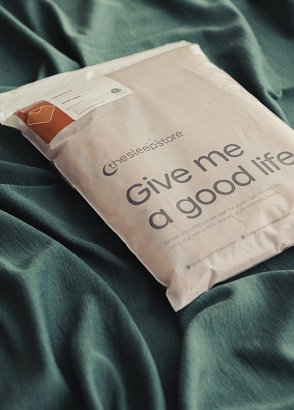Merino fabric care & stain removal information
The Sleep Store highly recommends using merino fabric for your baby and children's nightwear. The wonderful properties of merino are becoming more widely known and many children are now sleeping better as a result.
We have sourced the following information about merino, a true wonder fibre. Caring for your Merino will help it last longer. We've gathered together the best tips from our top Merino brands to help you look after your precious woollens. In this article we'll look at:
























